The best Android phones to get in 2021
David Imel / Android Authority
Galaxy Note 20 Ultra
Table of contents
Android has always been the best operating system if you want freedom of choice. There are heaps of great options from tons of OEMs, but sometimes that just makes it harder to choose the best Android phone.
We can’t promise that the decision will be easy. No two phones are exactly alike, but that’s why we love this operating system. Each manufacturer is developing its own hardware and crafting its own version of Android, so it’s all about what you value in a device. Now, let’s get into our best Android phone picks for 2021.
Buying the best Android phone for your needs
The buying road gets tougher from here, but you’ve already made an important step — choosing an operating system. This page is all about Android phones, so you won’t find the iPhone 13 or any other Apple product among our picks.
Now it’s time to get into the specifics of your new phone. There are so many Android devices on the market, and you can use practically any spec you want to narrow down the options. Maybe you want to start with a 5G-ready chipset, or maybe you need the biggest battery around. You’ll also want to consider how much RAM you want and how much storage you need for your apps, videos, and more.
Locking down Android as your operating system is only the first step.
Another thing to keep in mind is the build quality of your device. Many premium flagship devices are what we call glass sandwiches in 2021 — glass on the front and back with a metal frame to hold it all together. You can save money and go for a plastic device, though it may not feel as sturdy in your hand. There’s also the Google Pixel 5, which sports a tough aluminum build coated in bioresin.
We’ve broken all of our recommendations below into categories to help you figure out just what each phone is best for. If you’re not sold on our top pick, we’ve added some honorable mentions to guide you further.
The best Android phones
- The Samsung Galaxy S21 Ultra is the best Android phone overall, with top-notch cameras, blistering internals, and S Pen support.
- The Asus ROG Phone 5 is our top gaming device thanks to its brilliant display, speedy refresh rate, and snappy processor.
- The OnePlus 9 Pro is a true killer flagship, and the dual-SIM functionality is only the tip of the iceberg.
- The Samsung Galaxy Z Flip 3 is the best foldable phone you can buy, thanks to its solid price and tiny footprint.
- The Google Pixel 5a is an excellent way to get 5G speeds on a mid-range phone at just $449.99.
- The Xiaomi Mi 11 Ultra is our battery king with a 5,000mAh cell and 67W wired or wireless charging.
- The Samsung Galaxy Note 20 Ultra is a great way to stay productive between the huge 6.9-inch display and refined S Pen.
- The Google Pixel 6 series still commands our camera respect, even if the sensors aren’t miles ahead anymore.
- The Sony Xperia 1 III is a creator’s dream, and it keeps the headphone jack alive on premium devices in 2021.
- The Poco F3 is among the most affordable phones on our list, and it packs an IR blaster for your remote control needs.
Samsung Galaxy S21 Ultra: The best Android phone right now
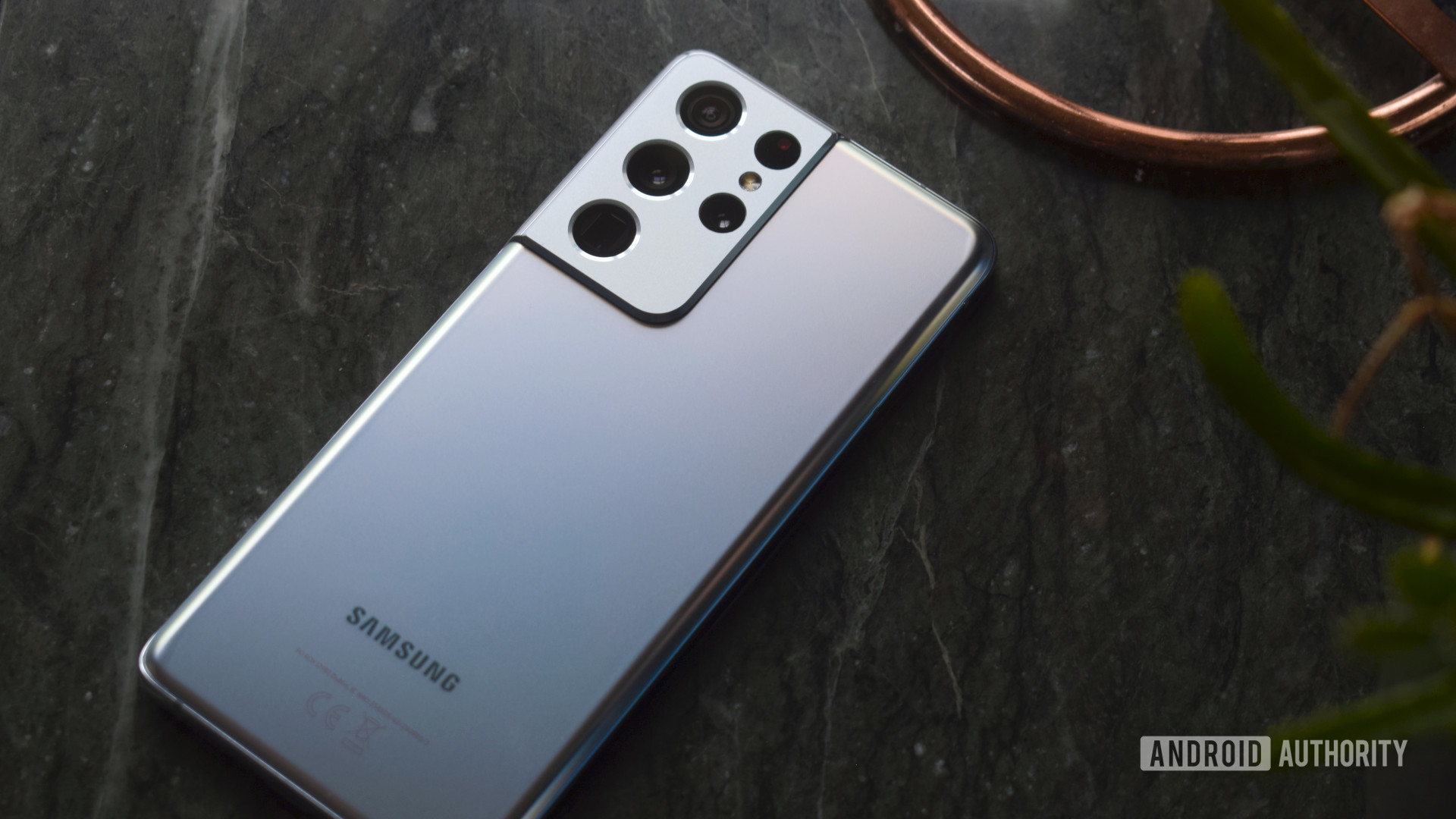
Robert Triggs / Android Authority
The Galaxy S20 Ultra launched Samsung’s premium moniker back in 2020, but the sequel brings power to a whole new level. Samsung fixed plenty of the S20 Ultra’s issues on the S21 Ultra and even managed to undercut it on pricing. No matter which way you cut it, the Samsung Galaxy S21 Ultra sits atop the Android throne.
Samsung refined every detail from the Galaxy S20 Ultra to create one of the best Android phones ever.
It was one of the first flagships to launch in the US with a Snapdragon 888 processor on board, and it packs up to 16GB of RAM with as much as 512GB of storage space. You even get one of the best, most well-rounded camera systems on any phone, highlighted by a 108MP main shooter on the back and a 40MP selfie lens on the front. As if that’s not enough, the Galaxy S21 Ultra is one of very few readily available phones with 10x optical zoom (another is Huawei’s P40 Pro Plus).
The Samsung Galaxy S21 Ultra is the most expensive phone of this year’s Galaxy flagship crop, and it offers significant advantages over the Galaxy S21 and S21 Plus. You’ll only find a WQHD+ display on the premium handset, and the most affordable Galaxy S21 ditches glass for a “Glasstic” construction.
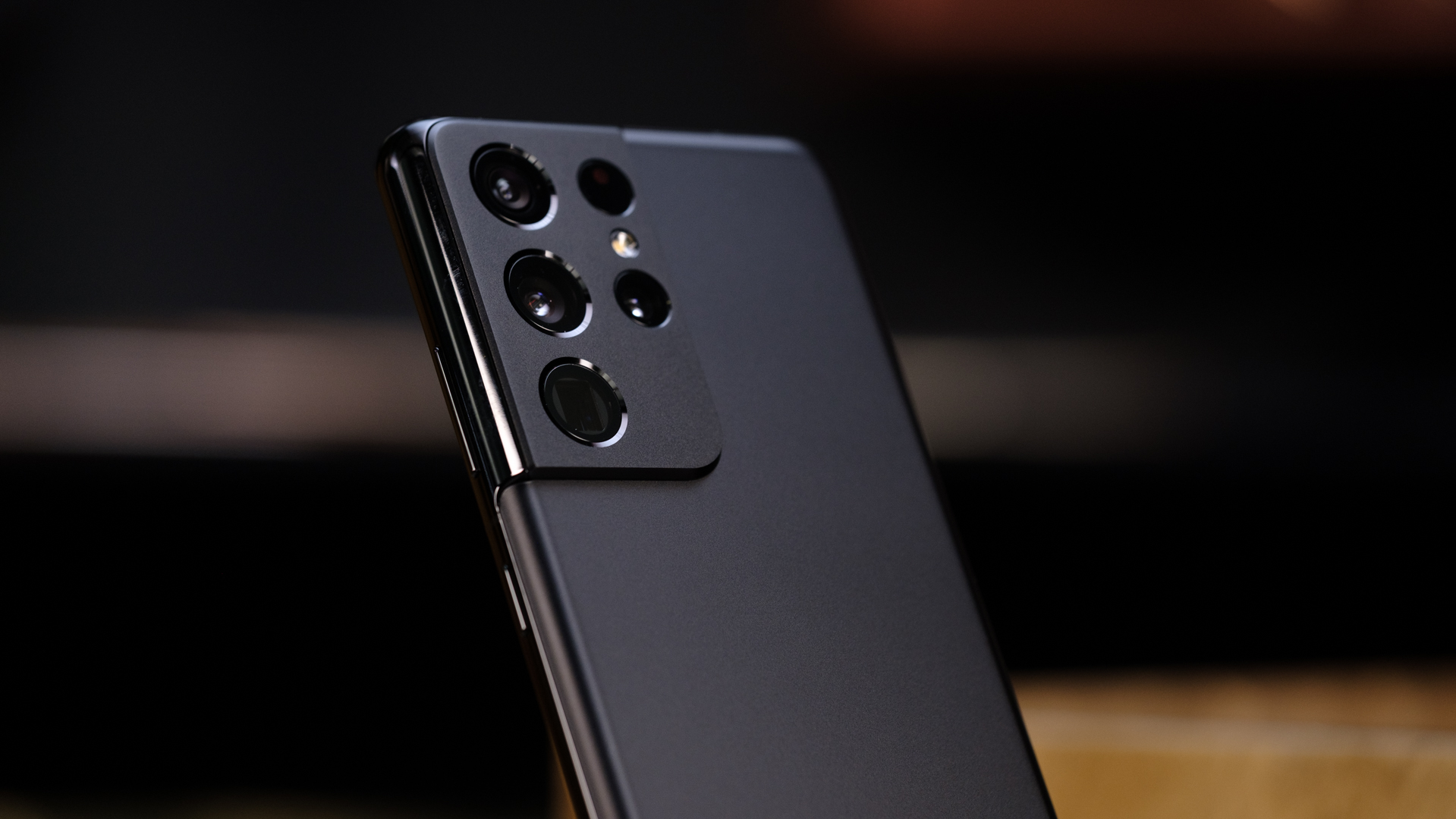
Samsung Galaxy S21 Ultra
If you want the most powerful phone in Samsung’s Galaxy S21 series, the Galaxy S21 Ultra is for you. It comes with the largest display at 6.8-inches, the biggest battery at 5,000mAh, and the best camera setup with a primary 108MP sensor. It also comes with as much as 16GB of RAM. However, it’s also the most expensive with a starting price of $1,199.
Pros
- Big and brilliant 120Hz display
- Versatile camera system
- Super-fast Snapdragon 888 processor
Cons
- No charger in the box
- Expensive, but more affordable than last year
Asus ROG Phone 5: The best Android gaming phone

Ryan-Thomas Shaw / Android Authority
Gaming phones have improved by leaps and bounds in the last few years. The ROG Phone 5 follows last year’s ROG Phone 3, and it takes an already great gaming platform even further. It follows the tried-and-true method of “if it ain’t broke, don’t fix it,” and it clearly pays off.
The Asus ROG Phone 5 packs a serious 6.78-inch AMOLED display with a remarkable 144Hz refresh rate, among plenty of other specs that make it the best Android gaming phone around. You also get a Snapdragon 888 processor for your money and up to 16GB of RAM. If you really want the best that Asus can offer, there’s always the ROG Phone 5 Pro or Ultimate — each with 512GB of storage and the Ultimate with up to 18GB of RAM.
See also: Asus ROG Phone 5 buyer’s guide
For as great as the ROG Phone 5 is, it isn’t perfect. While you get a massive 6,000mAh battery capacity, there’s no wireless charging to be had. You won’t get an IP rating either, and you might need Asus’ Aero Active fan to keep your gaming beast cool under pressure. Also, even though the main camera is solid, the peripheral lenses leave a little something to be desired.
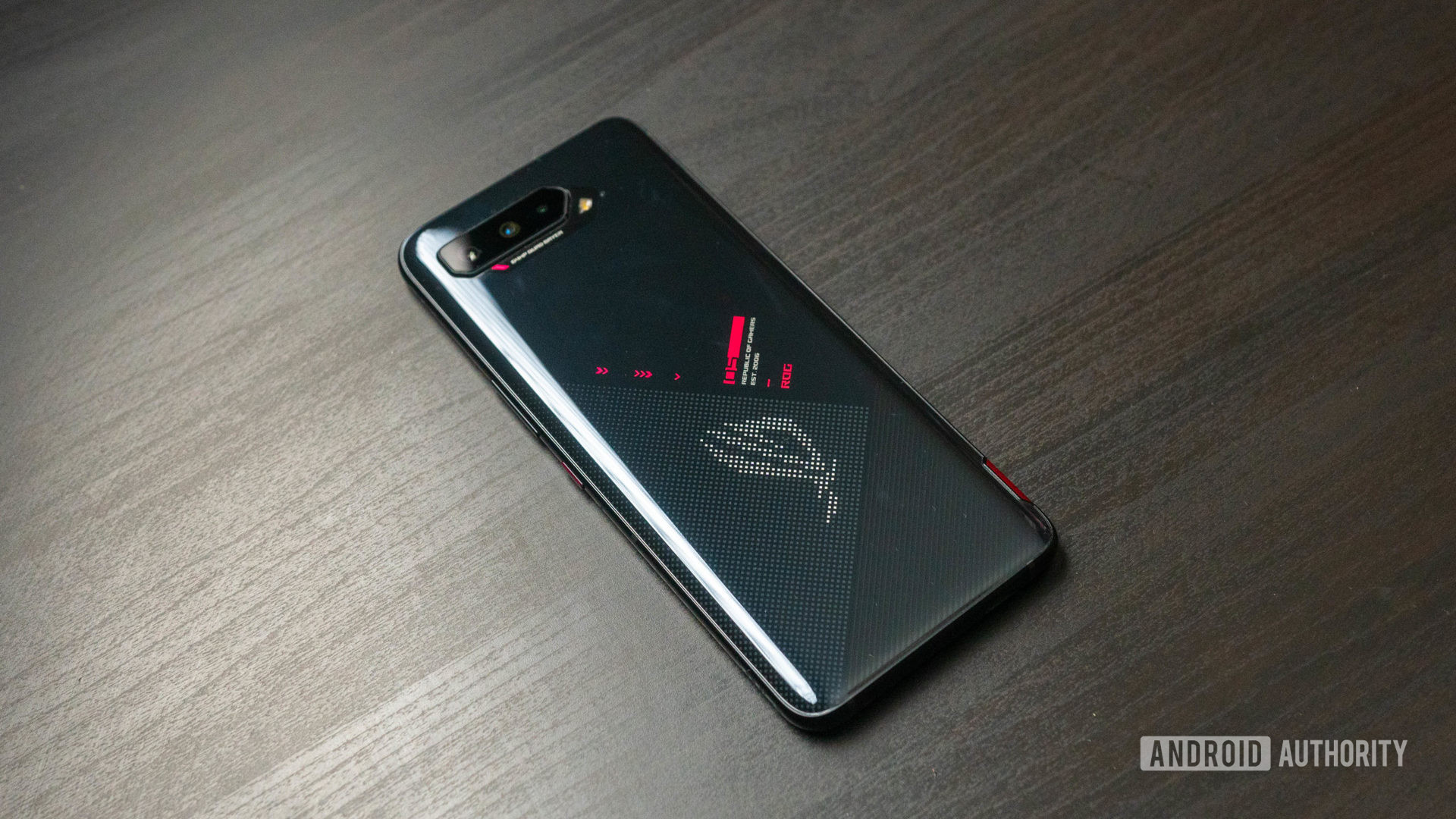
Asus ROG Phone 5
The ROG Phone 5 is our current gaming king, packed with Qualcomm’s premium Snapdragon 888, plenty of RAM and storage, and a massive 6,000mAh battery.
Pros
- Very responsive display
- Quad DAC and excellent speakers
- Elite performance
Cons
- One hefty beast
- No IP rating
- Hot under heavy stress
OnePlus 9 Pro: The best dual-SIM Android phone
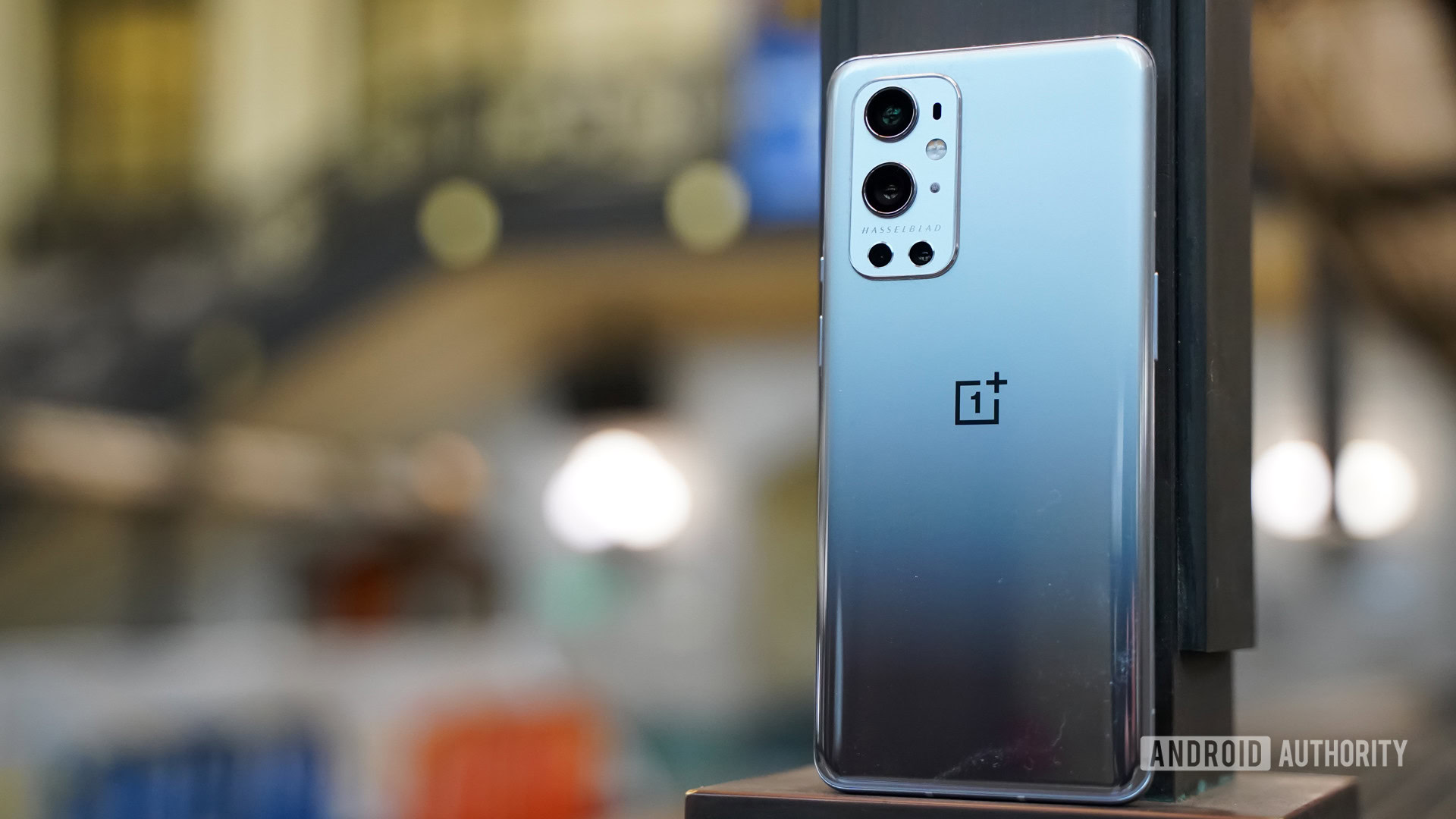
Eric Zeman / Android Authority
OnePlus built its name for years as a flagship killer, but now it’s gone to the dark side. The OnePlus 9 Pro is a truly killer flagship, and it’s not here to play games. It nearly topples the industry giants, and dual-SIM support is just another bonus.
The first thing you’ll notice about the OnePlus 9 Pro is the revamped rear camera array. It’s powered by Hasselblad, which brings a serious punch to the premium handset. Our own Eric Zeman went so far as to call the OnePlus 9 Pro the company’s best phone in years, even if it does come with a few sacrifices. There’s no microSD support, and the battery life could be better, but they’re not enough to take away from the overall great package.
If you’re hoping to tap into the Dual-SIM setup, you’ll have to pick up the international version as US-based OnePlus phones no longer support the feature. When you do grab the international model, you’ll find a dual Nano-SIM tray onboard with dual standby support.
See also: OnePlus 9, OnePlus 9 Pro, and OnePlus 9R buyer’s guide
OnePlus tapped the Snapdragon 888 processor to power the 9 Pro (and the more affordable OnePlus 9), and both models top out at 256GB of storage. When you do wear the 4,500mAh battery down to zero, OnePlus’ Warp Charge 65T is plenty fast enough to have you back on the go in no time. The OnePlus 9 Pro packs 50W wireless charging to boot, though you’ll only get 15W speeds on the OnePlus 9.

OnePlus 9 Pro
The OnePlus 9 Pro reaches the market with a refreshed design, a 6.7-inch AMOLED display, a Snapdragon 888 processor, and a new Hasselblad camera partnership for improved imaging.
Pros
- Fast Warp Charging
- Improved Hasselblad cameras
- Solid software experience
Cons
- Hit or miss battery life
- Inconsistent 5G support
Samsung Galaxy Z Flip 3: The best foldable Android phone
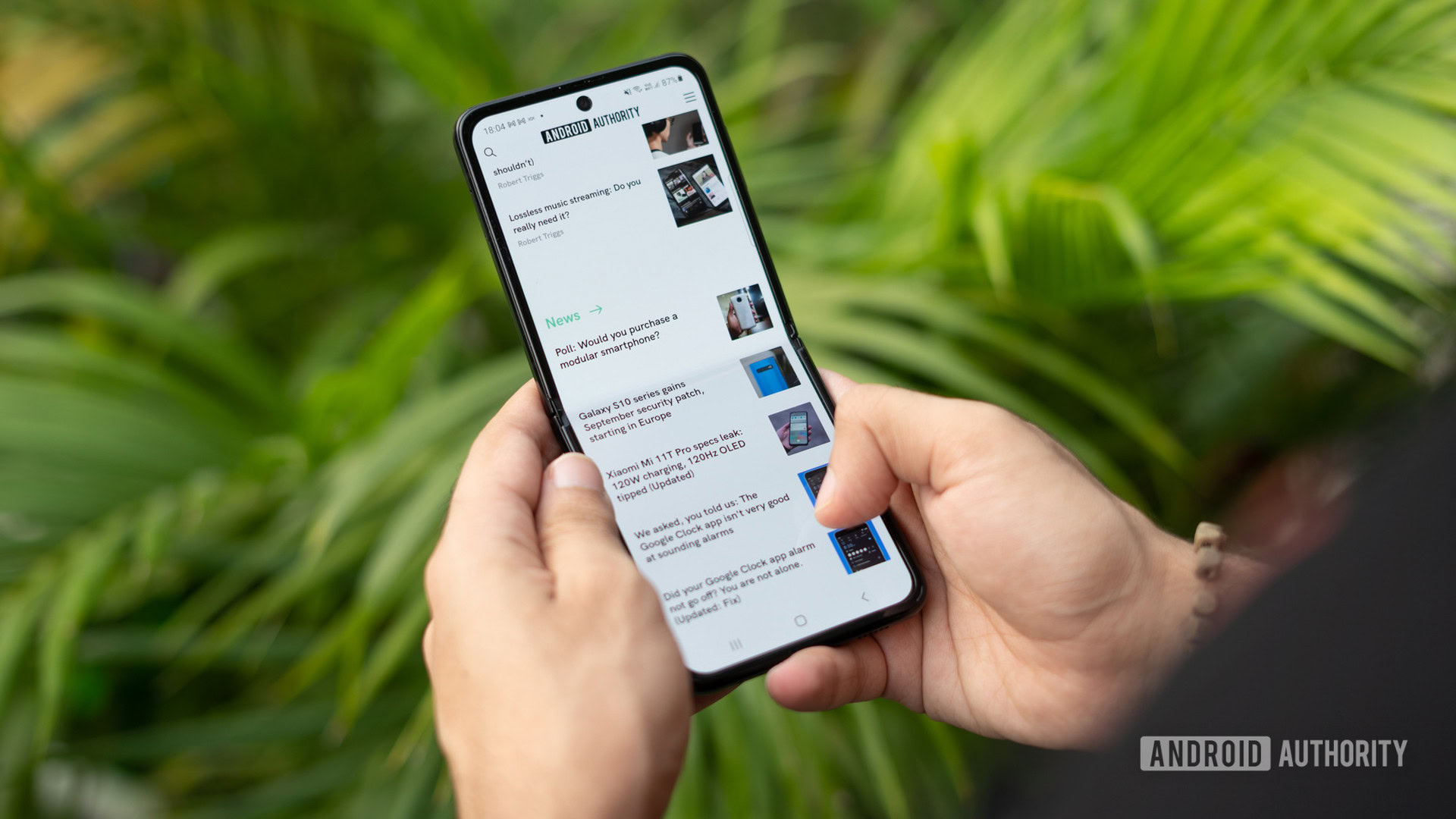
Dhruv Bhutani / Android Authority
We’ve mostly been focused on powerful and traditional Android phones so far, but now it’s time for something that will turn heads. The Samsung Galaxy Z Flip 3 takes the cake as the best foldable phone you can buy right now.
The Galaxy Z Flip 3 offers everything you want in a foldable phone at an approachable price.
It’s perfectly pocket-sized when folded, leaving you with a new 1.9-inch display where you can manage notifications. Then, when you open it up, you’re treated to a 6.7-inch AMOLED display, complete with a 120Hz refresh rate. Samsung hasn’t found a way to make the center crease invisible yet, but the latest generation Galaxy Z Flip 3 offers an IPX8 rating for water resistance. You’ll also find a true flagship processor for the first time, in the form of Qualcomm’s Snapdragon 888.
The Samsung Galaxy Z Flip 3 shows that foldables are finally making their way towards the mainstream. It does come in at $999, but it’s our preferred alternative to the larger and far more expensive Galaxy Z Fold 3. Just keep in mind that the battery is tiny for a 2021 device, weighing in at just 3,300mAh.
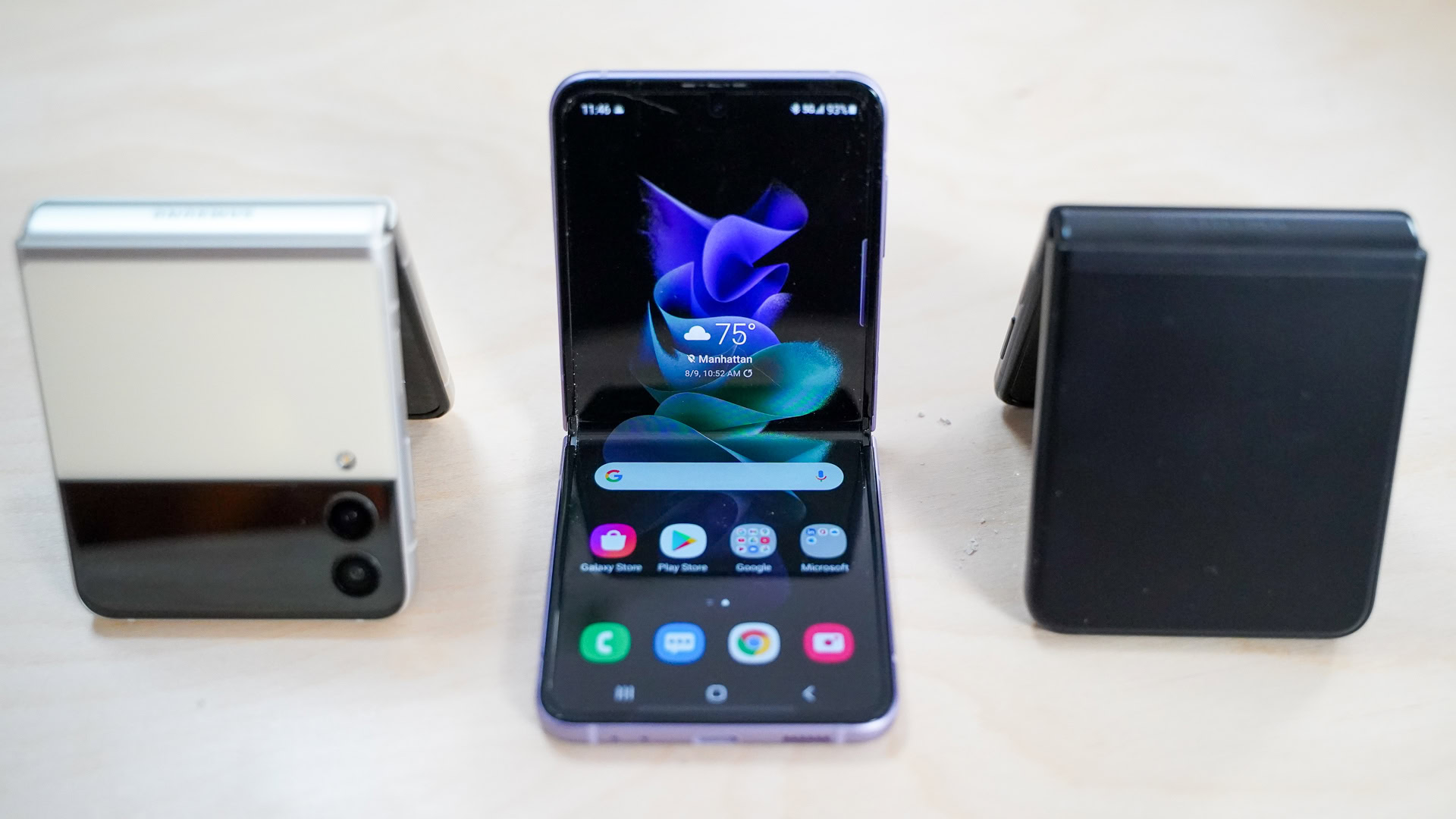
Samsung Galaxy Z Flip 3
Samsung’s clamshell foldable gets new perks at a lower price.
The Galaxy Z Flip 3 features a bevy of upgrades over its predecessor, including a tougher screen and an IPX8 rating, and starts at under $1,000.
Pros
- Excellent build quality
- Improved displays
- IPX8 rating
Cons
- Not always on par with traditional flagships
- Only average camera performance
- Mediocre battery life
Google Pixel 5a: Affordable 5G speeds

Jimmy Westenberg / Android Authority
Let’s dip into the affordable side of Android for a while, this time with the brand-new Pixel 5a. It’s similar in many ways to the Pixel 5 and the Pixel 4a 5G that precedes it, and it easily slots in as the best midrange device on the market. The Pixel 5a looks nearly identical to both phones mentioned above, yet it packs some handy additions that can beat both.
For starters, the new Pixel 5a keeps a headphone jack right at home, and it measures larger than the Pixel 5. You get a 6.34-inch panel compared to the even 6-inch option on Google’s flagship. The Snapdragon 765G chip is the same on both models, though, and it handles most daily tasks with ease. However, Google is still committed to the 60Hz refresh rate, and Gorilla Glass 3 isn’t the toughest material around.
Google’s midrange 5G phone does pick up some serious points for battery life and size. You’ll get Google’s largest-ever 4,680mAh cell but no wireless charging to get it back up to speed. At $449, it’s tough to track down a better value than the Pixel 4a 5G.

Google Pixel 5a
Water resistance comes to the Pixel A-series
Google’s Pixel 5a offers a few quality-of-life upgrades over its previous devices that may make you want to join Team Pixel. It has a metal unibody design, an IP67 rating for dust and water resistance, and a battery that just won’t quit.
Pros
- Excellent battery life
- Headphone jack
- IP67 rating is great to have
Cons
- No 90Hz display
- No wireless charging
Xiaomi Mi 11 Ultra: The best battery experience
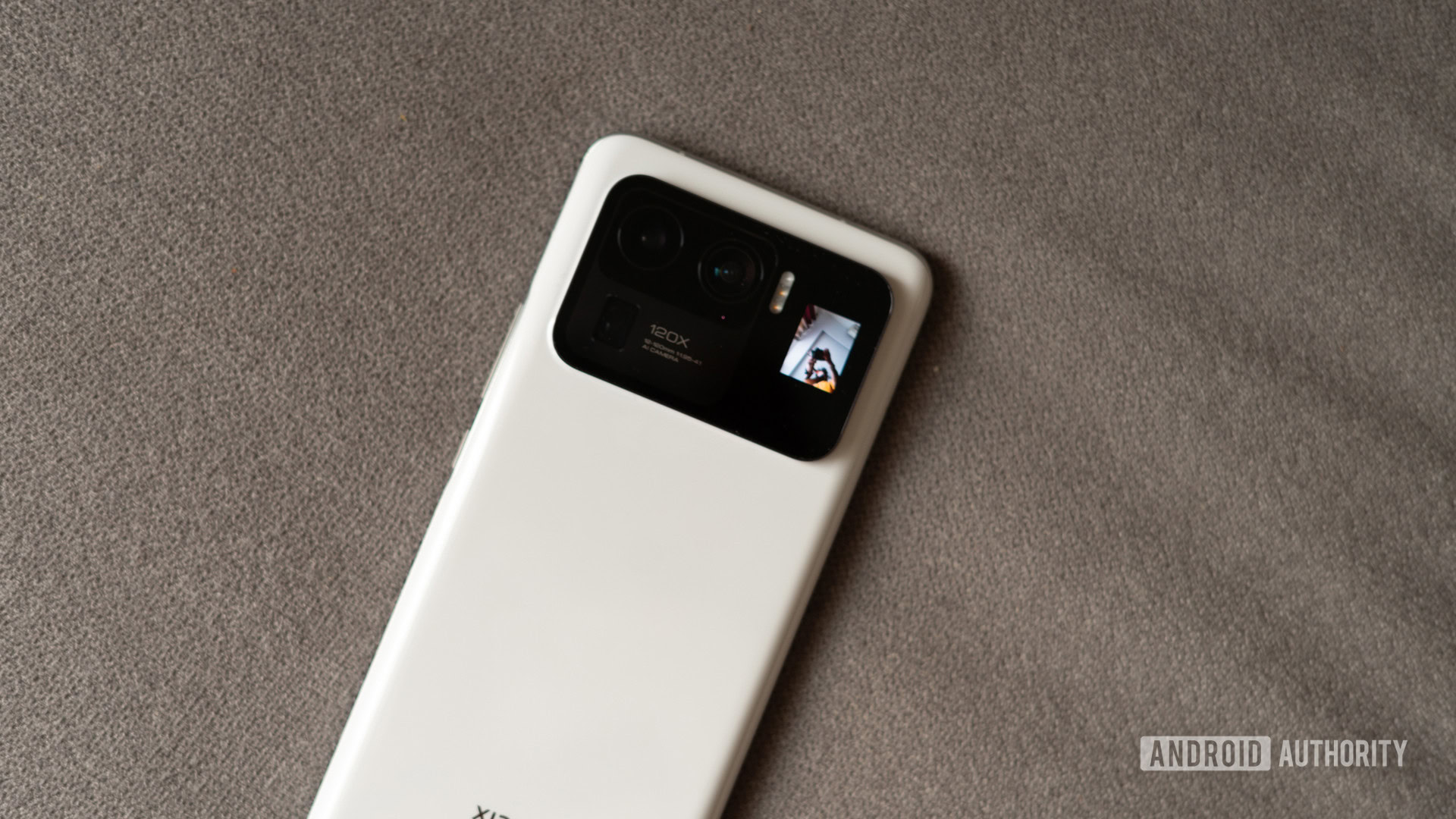
Dhruv Bhutani / Android Authority
The Xiaomi Mi 11 was the first Android phone to cross the Snapdragon 888 finish line, but the Mi 11 Ultra is the true realization of what Xiaomi can do. It’s eye wateringly expensive, and it’s not the lightest phone in the world, but you’ll struggle to find a more impressive overall battery setup.
The Asus ROG Phone 5 may pack a larger battery, but the Xiaomi Mi 11 Ultra is no slouch at 5,000mAh. However, the charging capabilities are what really seal the deal. You can grab your trusty wired charger — that still comes in the box — or try a wireless charger for up to 67W speeds either way.
The battery may be a good start, but the rear camera really sets the Xiaomi Mi 11 Ultra above its standard sibling. Yes, the camera bump is huge, but the 50MP main shooter and its twin 48MP ultra-wide and periscope shooters are incredibly flexible. They offer up to 120x digital zoom, and a small selfie preview display lets you capture yourself in the highest resolution.

Xiaomi Mi 11 Ultra
The Xiaomi Mi 11 Ultra ups the ante for Xiaomi’s 2021 flagship series with faster charging, more base RAM and storage, and an upgraded camera with a 48MP periscope zoom lens and a huge 1/1.12-inch main sensor.
Pros
- Great battery life and fast charging
- Impressive build quality
- Flexible camera setup
Cons
- Expensive
- Very heavy
- Selfie display is unnecessary
Samsung Galaxy Note 20 Ultra: The productivity powerhouse
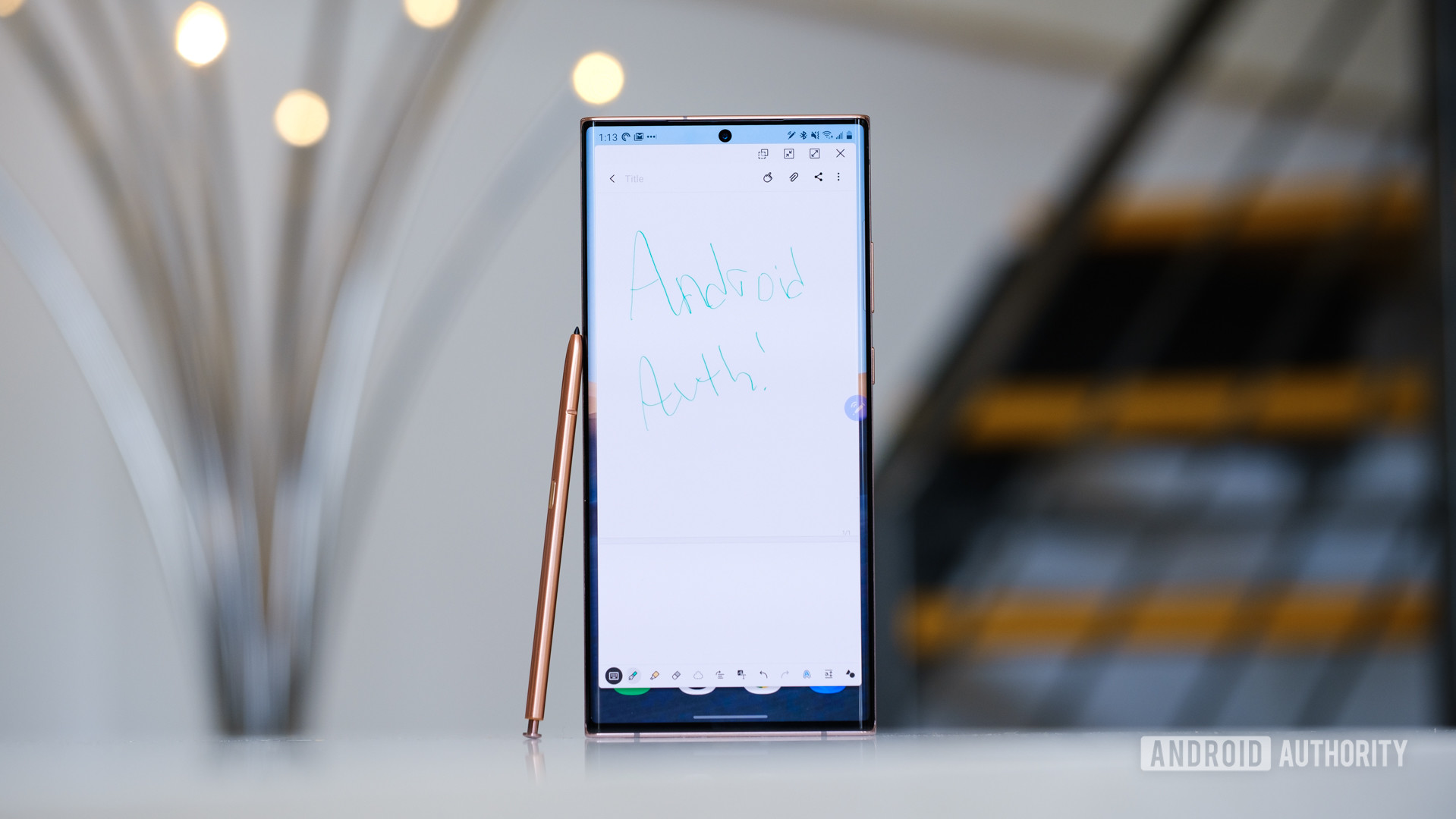
David Imel / Android Authority
Samsung Galaxy Note 20 Ultra
Samsung’s Galaxy Note line has always been the best route for power users, thanks to the S Pen. The powerful stylus is even more refined than ever, and new Anywhere Actions allow you to use the S Pen away from your phone. You can leave your pen and paper at home — there’s nowhere we’d rather take notes.
Overall, the Galaxy Note 20 Ultra no longer sets the bar for performance. It doesn’t revolutionize the phablet, but it does refine the key features of previous models. Samsung nailed the hardware for its premium device, as usual. The massive 6.9-inch display comes with a 120Hz refresh rate and a WQHD+ resolution that’s tough to beat. You won’t find the latest Qualcomm hardware onboard — the Snapdragon 865 Plus was the best chipset around in late 2020.
See also: Samsung Galaxy Note 20 buyer’s guide
Perhaps the biggest drawback to Samsung’s premium phablet is the price tag. It launched at $1,300, and the cost hasn’t budged much in the months since. You can always get around this with the more affordable Galaxy Note 20, but you’ll have to be ready for some other sacrifices like the “Glasstic” build.

Samsung Galaxy Note 20 Ultra
Bigger, better, and pricier
Samsung’s Galaxy Note line has always been for the power users, and 2020’s models are no different — especially the Galaxy Note 20 Ultra. This ultra-premium phone is Samsung’s most refined device in 2020.
Pros
- Crisp camera results
- Refined S Pen
- Premium hardware
Cons
- Hot under pressure
- Average battery life
- Simply too big
Google Pixel 6: The best Android camera phone

Jimmy Westenberg / Android Authority
The Pixel family of devices has always hovered around the summit of Android camera phones, and the Pixel 6 phones are no exception. While other premium devices can offer more lenses and extra megapixels, Google’s incredible camera software is what keeps it among the leaders.
On the back of the Pixel 6, you’re looking at a primary 50MP lens backed up by a 12MP ultra-wide shooter. The Pro model comes with an additional 48MP telephoto lens. The front-facing sensor packs an 8MP resolution on the regular Pixel and an 11.1MP resolution on its bigger brother. None of those individual shooters is the best in its class, but that’s part of what makes Google’s software shine. The Pixel 6 excels at processing your image to bring out a crisp, natural result. Google Lens also packs Google Translate features as well as powerful identification capabilities, which can be a lifesaver if you’re traveling abroad.
See also: Google Pixel 6 buyer’s guide
Outside of the excellent camera, Google’s Pixel 6 and 6 Pro have a lot going for them. They both feature Google’s new Tensor chipset, come with wireless charging, an IP rating, and the latest version of Android.
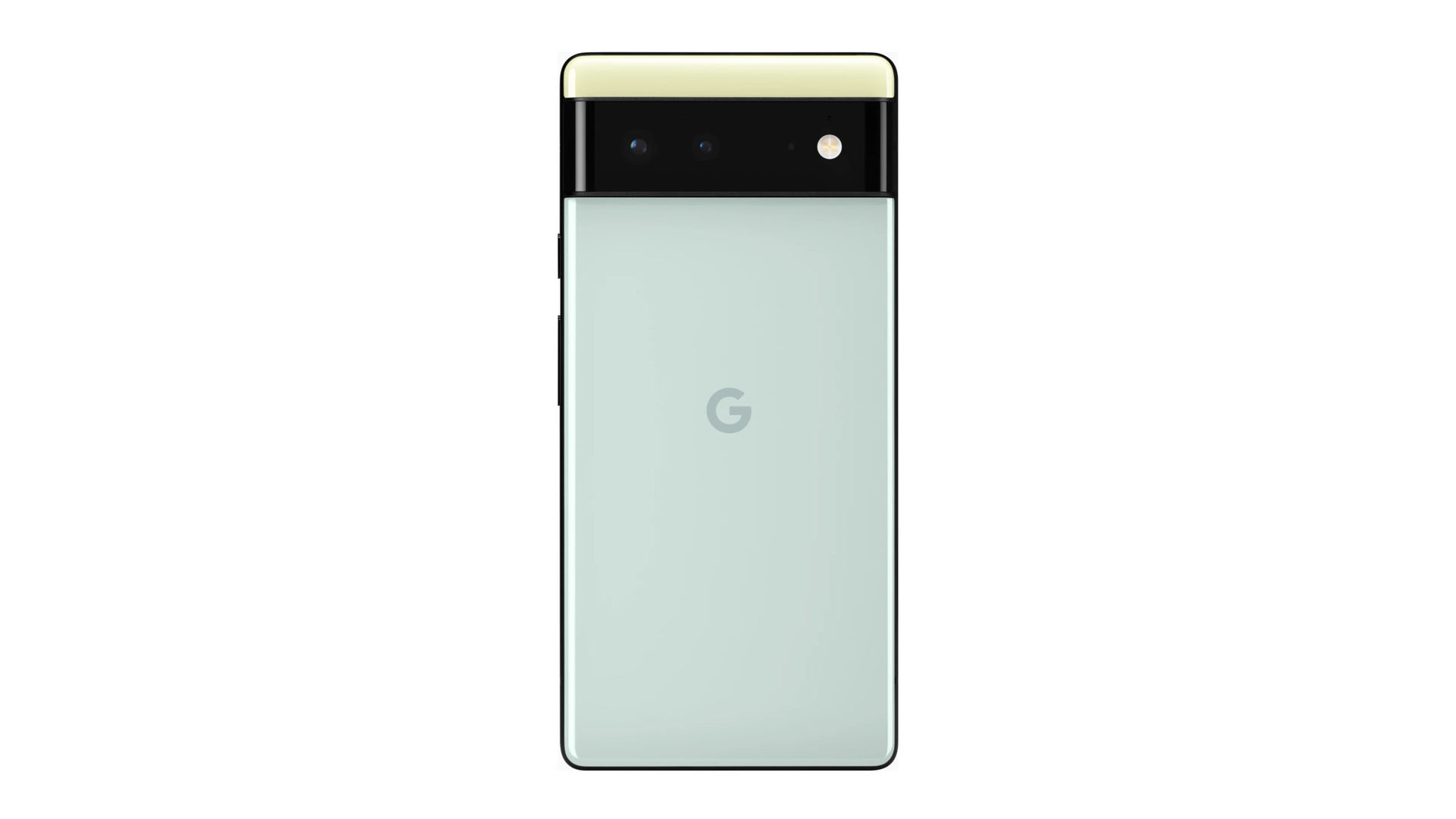
Google Pixel 6
The more affordable Pixel
The Google Pixel 6 features a 6.4-inch FHD+ display and runs on the all-new Google Tensor SoC. It has an upgraded camera system, exclusive software features, and offers some of the best hardware Google has ever produced.

Google Pixel 6 Pro
The Pixel 6 Pro outshines its little brother with a 6.7-inch QHD+ display and 120Hz refresh rate. It has the same two rear cameras as the Pixel 6 but with an additional 4x optical telephoto lens.
Pros
- Premium and unique design
- Upgraded cameras
- Great display
Cons
- No telephoto camera on the smaller model
- Pokey fingerprint scanner
Sony Xperia 1 III: Keeping the headphone jack alive
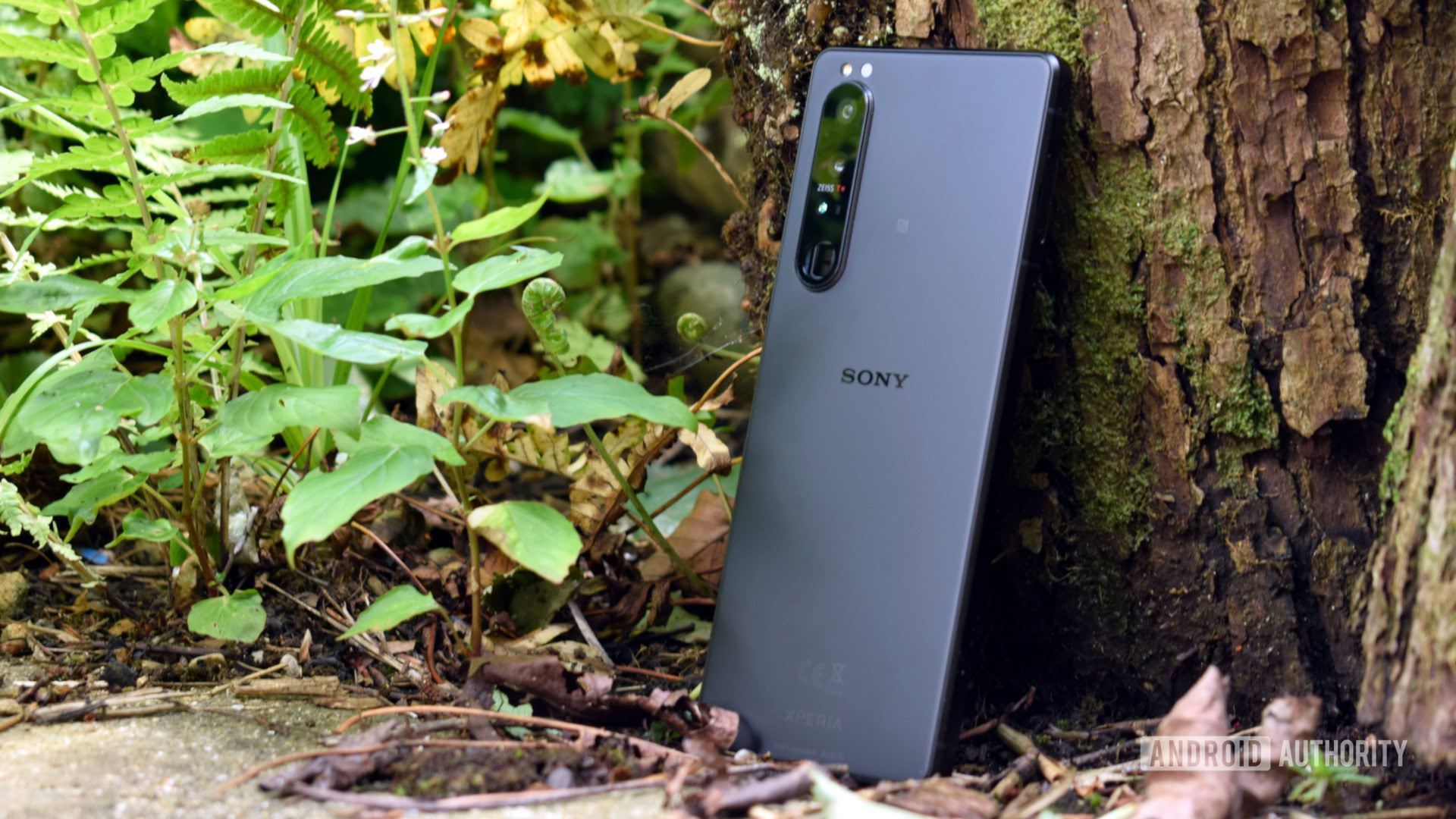
Robert Triggs / Android Authority
Headphone jacks were an integral part of just about every phone on the market at one point. Then, Apple decided it could do without them, and the rest of the world followed. Now, the headphone jack is often limited to budget-friendly and mid-range devices. Sony is one of the few OEMs bucking that trend, and you’ll still find a headphone jack alive and well on the flagship Xperia 1 III.
Beyond the headphone jack, you also get a brilliant 21:9 display for your money. It packs a crisp 4K display and 120Hz refresh rate for smooth results. The trio of 12MP rear cameras may not be the best around, but you can actually hook your Xperia 1 III to your Sony camera to serve as a premium monitor.
Once you tap into the pro-grade camera features, you’ll really see what Sony was after. It crafted a “holy trinity” of zoom lenses, capable of covering the entire range from wide to telephoto zoom. You can also test out the Xperia 1 III’s 20fps burst mode, which is nearly identical to what you find on the Alpha A9 mirrorless camera.
You get all of the other bells and whistles, too, like expandable storage and wireless charging. The Sony Xperia 5 III is a lower-priced alternative option, and it keeps almost everything that makes the Xperia 1 III so good.

Sony Xperia 1 III
Premium product, premium price
The Xperia 1 III packs in the latest and greatest technology from Sony to create a smartphone purpose-built for multimedia, photography, and gaming.
Pros
- Great 4K, 21:9 display
- Improved camera experience
- IP68 water and dust rating
Cons
- Very expensive
- Not the fastest charging
- Too much pre-installed bloat
Poco F3: Serious value for your money

C. Scott Brown / Android Authority
We’ve run through more than a few of the best Android phones you can buy right now, but what if you want a phone that does a lot for not much money? The Poco F3 is our favorite phone with an IR blaster right now, and it’s tough to top the hardware at its asking price.
The Poco F3 packs a great processor and the build quality wows, even if the software is lacking.
The Poco F3 offers a premium glass construction without cracking €349, which almost seems too good to be true. It pairs a Snapdragon 870 chipset with a large 6.67-inch AMOLED panel, and the phone feels as good as it looks. Add in up to 8GB of RAM and 256GB of storage, and what could go wrong? Well, the software is what could go wrong.
Poco got the 4,520mAh battery just right, but it powers a software experience that’s been buggy and messy since launch. Perhaps Poco can fix this issue with future software updates, but the manufacturer doesn’t always have the best record. If you’re a gamer or an everyday power user, this is a great budget phone for you, just as long as you can overcome the software hiccups.
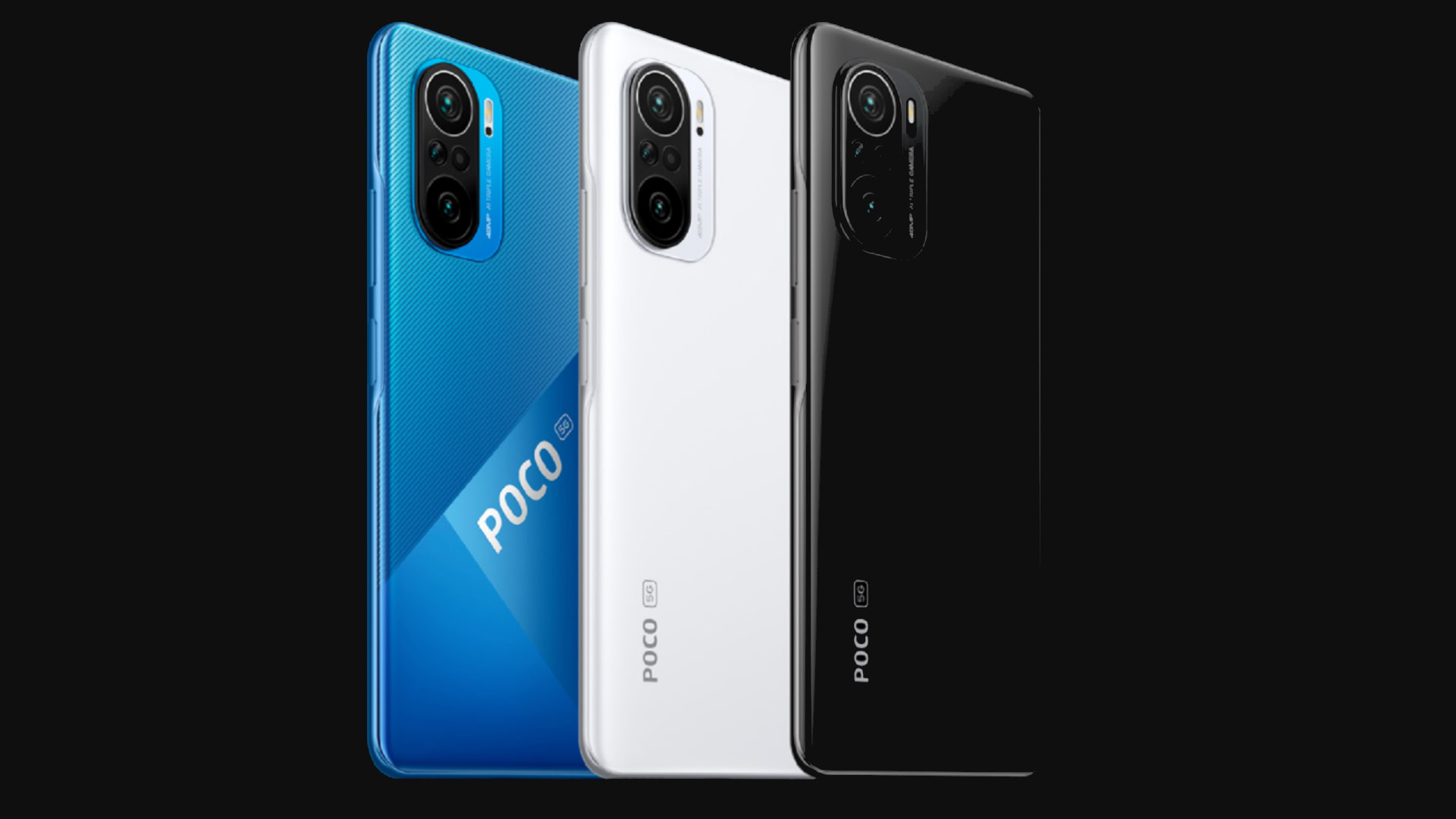
Poco F3
A rebadged Redmi K40
The Poco F3 might look familiar to some, and that’s because it’s a rebranded Redmi K40. That means you’re getting a Snapdragon 870 chipset, 120Hz OLED screen, and a 4,520mAh battery with 33W charging. Other notable specs include a 48MP rear camera and side-mounted fingerprint scanner.
Pros
- Impressive chipset for the money
- Great display
- Solid build quality
Cons
- Average camera
- Ad-laden software
- Battery life could be better
iOS vs Android — which OS is right for you?
You’ve just finished reading about the best Android phones, so we have an idea of where you stand in the iOS vs Android debate. However, nothing is ever set in stone. If you have an iPad or maybe a MacBook, you might decide that it’s best to stick with Apple’s ecosystem. On the other hand, you might be ready to break free and tap into more customization options. You’ll face different app selections on both platforms, but it’s all about your comfort level.
Check out more on the long-standing iOS vs Android debate right here.
Picking the best phone apps and accessories
Now that you have an idea of the best Android phones to spend your money on, it’s time to round out your setup. That means adding the best apps and accessories to the equation. Here are a few of our current favorites:
Other frequently asked questions
Q: What’s the best Android phone for kids?
A: We have an in-depth guide ready to help you decide when is the right time to get your son or daughter a phone. On the Android side, we recommend the budget-friendly Google Pixel 4a or the Motorola Moto E. However, if your child has set their heart on iOS, just about any older iPhone will do.
Q: What about a great Android phone for seniors?
A: You’re in luck because we have a handy guide to help here too. There are some specific options for seniors with simplified menus, or we recommend a Samsung device for its Easy Mode feature. You can also load up a launcher like Big Launcher or Simple Launcher to make menus and dialers more approachable.
For all the latest Technology News Click Here
For the latest news and updates, follow us on Google News.
